Jewish neighborhood of Isfahan, spring 2011
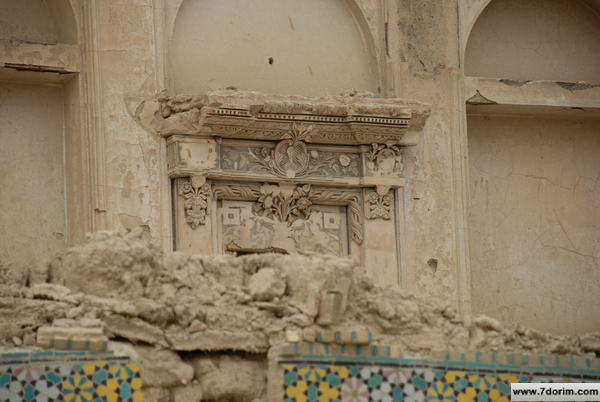
Jewish neighborhood of Isfahan, spring 2011
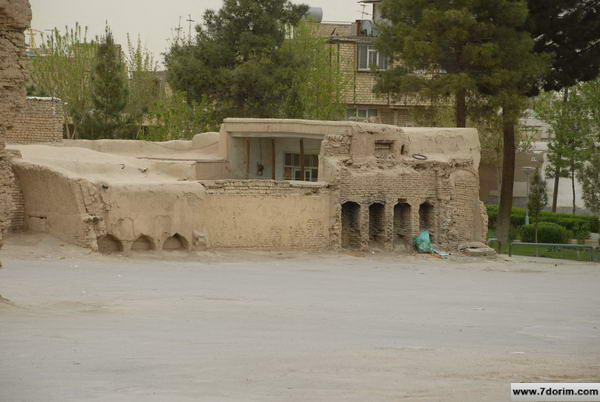
Jewish neighborhood of Isfahan, spring 2011
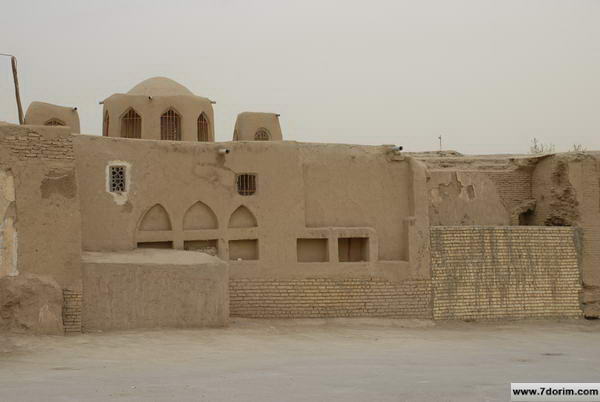
Jewish neighborhood of Isfahan, spring 2011
The Jewish Migration Through Iran
The first eviction
The story of the Jewish diaspora and their migration to regions that would later become part of the larger Iran begins in 7th century BC. It was there that the ten Israeli tribes were defeated by the Assyrian empire, after which, in 6th century BC, the Holy Temple was destroyed by Nebuchadnezzar II. The Jews were taken to Babylon.
Under Cyrus the Great
Jews spread throughout Iran during the era of Cyrus the Great the Achaemenid, who had a humanitarian, supportive, and brotherly approach to the Jews. In that era, Jews were protected by the government and, for the first time, could experience the peaceful feeling of hope and freedom. For the first time, they could experience liberty not in their imaginations, but in the real world, in their own hearts. Hence, Jews spread throughout Iran, settling in regions such as Azerbaijan, Hamadan, Kashan, Yazd, Fars, and Isfahan.
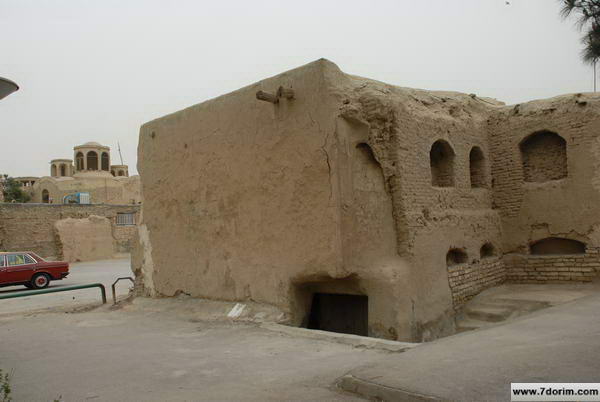
Jewish neighborhood of Isfahan, spring 2011
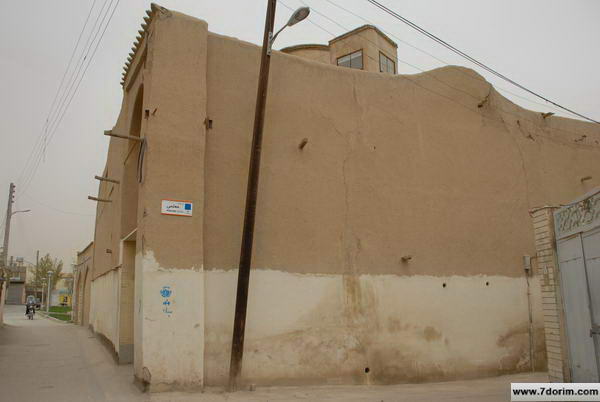
Jewish neighborhood of Isfahan, spring 2011
The Isfahan choice
Isfahan became a particularly convenient choice for many Jews since its weather was quite similar to Jerusalem’s. Isfahan still hosts Jewish families even after the passing of centuries and millennia since the first Jewish settlement there. These Jews consider Isfahan to be their home. Jews have left many relics from the past in this region, such as ancient synagogues and graveyards, for instance the tomb of Serah Bat Asher in the Pirbakran area.
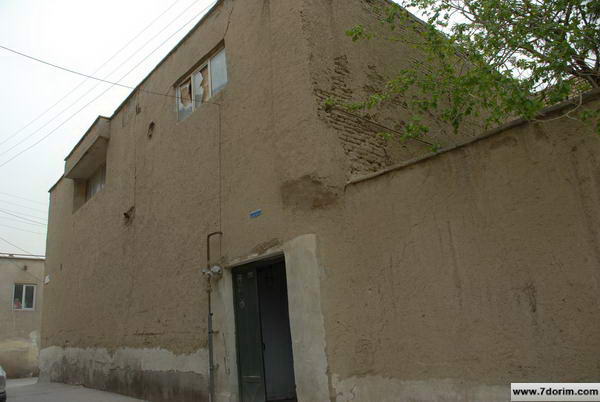
Jewish neighborhood of Isfahan, spring 2011
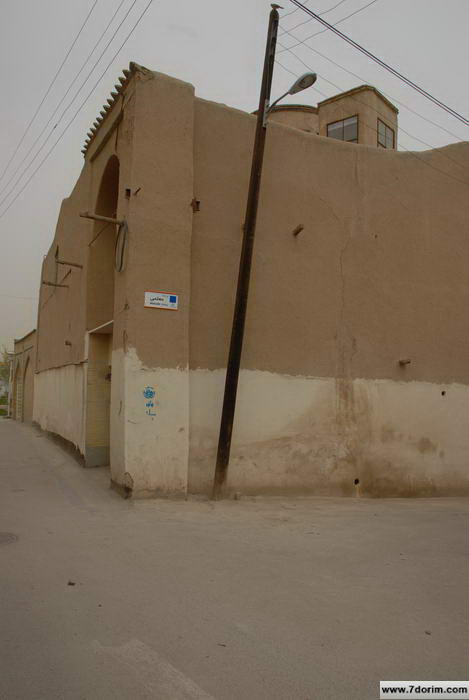
Jewish neighborhood of Isfahan, spring 2011
The tomb of Esther and — based on some narrations — Serah Bat Asher holds one of the oldest stone inscriptions, dating back to thousands of years ago. The inscription hangs on one of the walls of the synagogue, and includes a few verses from the Torah in Hebrew, signaling Jewish presence in Isfahan since ancient times.
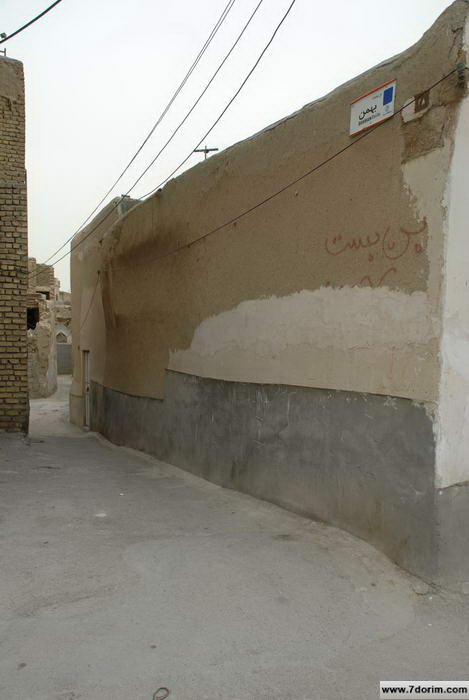
Jewish neighborhood of Isfahan, spring 2011
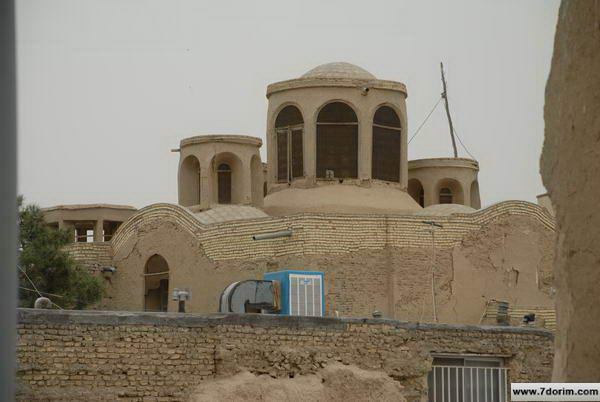
Jewish neighborhood of Isfahan, spring 2011
Jewish Neighborhoods in Isfahan
In the past, Jews lived in the Joubareh neighborhood of Isfahan. Of course, the neighborhood was also known as “Yahudiyeh” (i.e. Jewish area), “Jehudanak” (i.e. Jewish area”, “Dar al-Yahud” (i.e. place of the Jews) among other names. In addition to Joubareh, which is one of Isfahan’s oldest neighborhoods, Jews also lived in Dardasht and Golbahar (Jews called the latter, “Golbar”).
Joubareh is sometimes incorrectly referred to as “Juybare” or “Jahanbare”, but it is actually the Arabicized form of “Gush Bareh” (i.e. Gate of the Jews). The Gate of Gush was one of the four gates of Isfahan. Therefore, Joubareh is the same as Bab al-Yahud (i.e. Gate of the Jews).
Joubareh
The Joubareh neighborhood included two parallel and winding dirt streets that hosted various shops on both sides. An elementary school, public bathroom, Kosher butchery, bakery, and other Kosher shops existed on these streets. The streets also included more than twenty synagogues, some of which are now considered ancient relics.
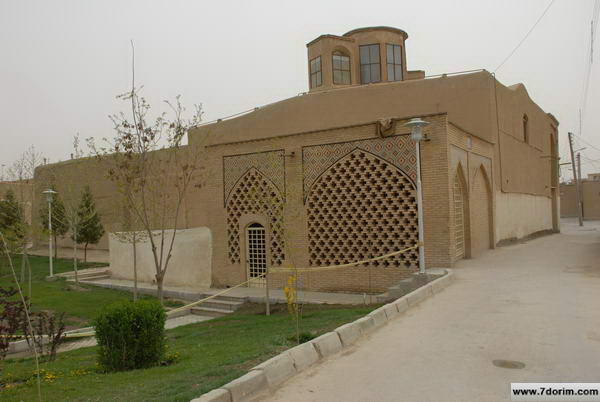
Jewish neighborhood of Isfahan, spring 2011
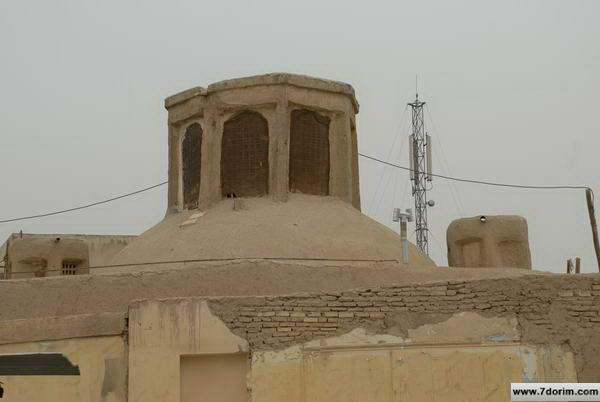
Jewish neighborhood of Isfahan, spring 2011
Jobs and passions in Joubareh
The occupation of Isfahani Jews mostly included peddling, peddling in villages, barber, supermarket stores, and similar jobs. Jews enjoyed relative security. Despite their harsh living conditions and limited resources, the Jews had a deep passion for music, folk poetry, and songwriting, which were an intrinsic part of their culture. Among them were renowned musicians who excelled in playing the tar, kamancheh, ney, flute, and tombak, as well as vocalists. The Jews of Isfahan were deeply committed to preserving, protecting, and safeguarding Iran’s rich cultural and artistic heritage.
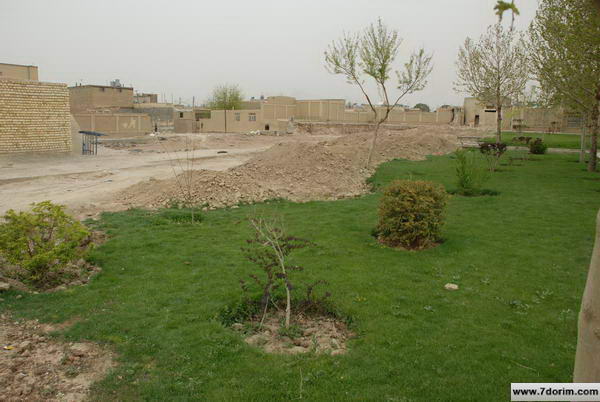
Jewish neighborhood of Isfahan, spring 2011
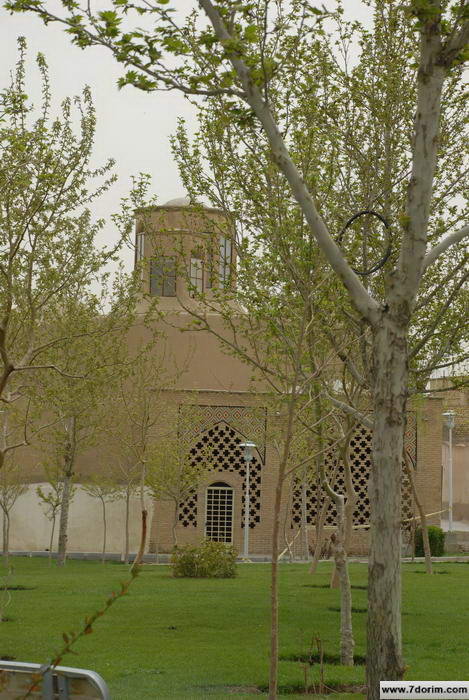
Jewish neighborhood of Isfahan, spring 2011
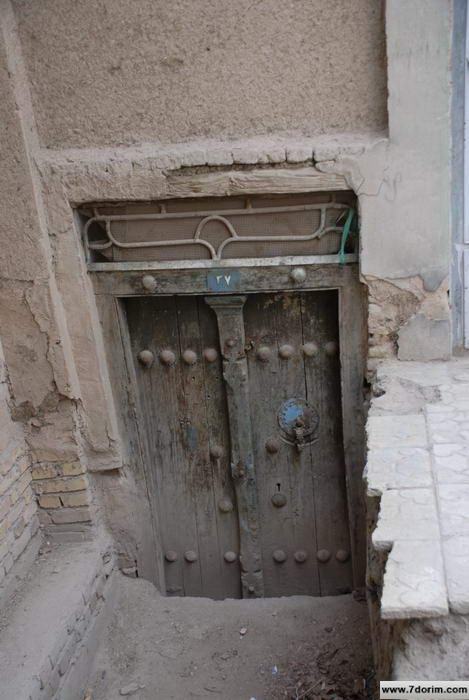
Jewish neighborhood of Isfahan, spring 2011
The Jewish Dialect of Persian
The Jewish dialect of course varied across various regions, but it was generally a mixture of middle-Persian, Persian, and the local accent, with some Hebrew vocabulary added into the mix, in addition to words from other languages.
Likewise, the “Jaydi” accent spoken by residents of Joubareh was a unique blend of Persian and the melodious Isfahani accent, lending it a distinct charm. If you want to hear that accent, all you need to do is head to Shahrak-e Sadeh or Khomeyni Shahr who talk in an accent quite similar to Jaydi. Although Muslim, the residents of this region must have been originally Jews who were forcefully converted to Islam during the Safavid era. Similar to Jewish women, the women of the Sadeh neighborhood light candles on Saturday nights.
Co-existence in Isfahan
The first thing that one notices about the Joubareh neighborhood is its proximity to the city’s previous Grand Mosque — they are less than 500 meters away from each other, a distance that is very close in a city as populated and large as Isfahan. This proximity between the main Muslim mosque and the main Jewish neighborhood shows the co-existence that exists between the Muslim majority and Jewish minority of the city.
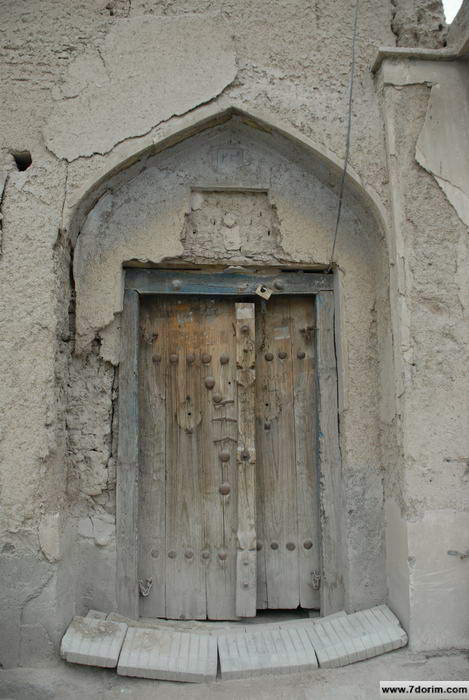
Jewish neighborhood of Isfahan, spring 2011
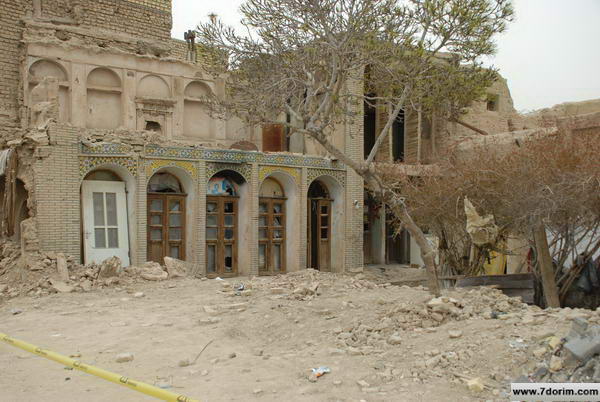
Jewish neighborhood of Isfahan, spring 2011
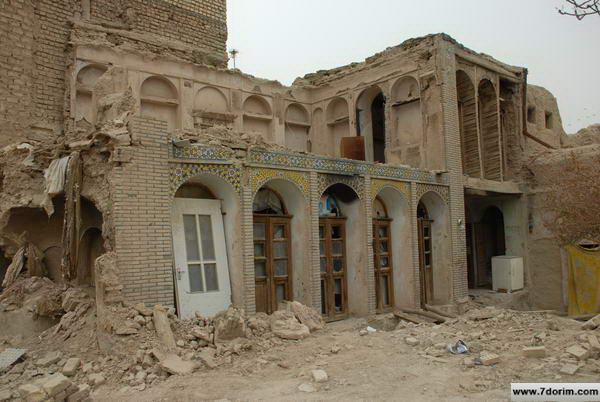
Jewish neighborhood of Isfahan, spring 2011
Synagogues in Isfahan
Isfahan still hosts many synagogues. With the exception of two synagogues, all the other synagogues are in the Joubareh neighborhood at the time of writing this article (2019). And all are more than 90 years old.
Joubareh is one of the three Jewish neighborhoods in Isfahan, and the one with the most Jewish concentration. The new synagogue in Isfahan has been constructed in the central region of the city, Amadegah Street.
Synagogue distribution
Similar to the neighborhood itself, synagogues are spuriously spread. A look at the map of the neighborhood reveals that six synagogues, of the total 12 synagogues of the neighborhood, are situated by the neighborhood’s main road, Kuy-e Kamarzarin and the two streets branching from it, demonstrating that this road acted as the backbone of the neighborhood. The same is true for other synagogues too. With the exception of one synagogue, the rest are also concentrated around a single road.
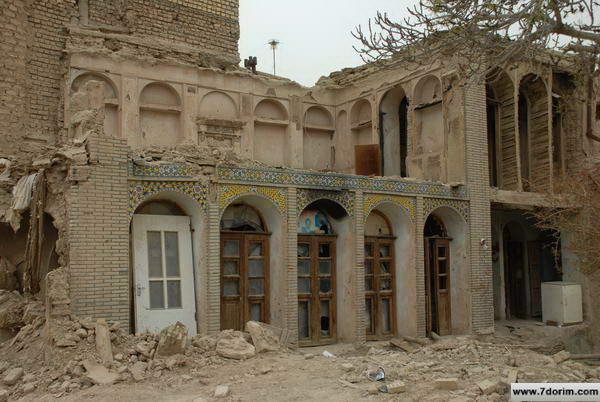
Jewish neighborhood of Isfahan, spring 2011
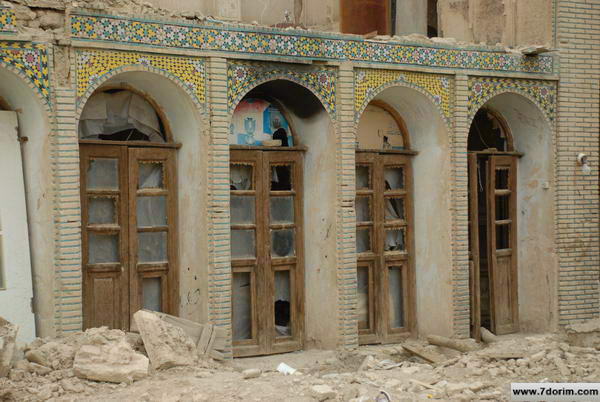
Jewish neighborhood of Isfahan, spring 2011
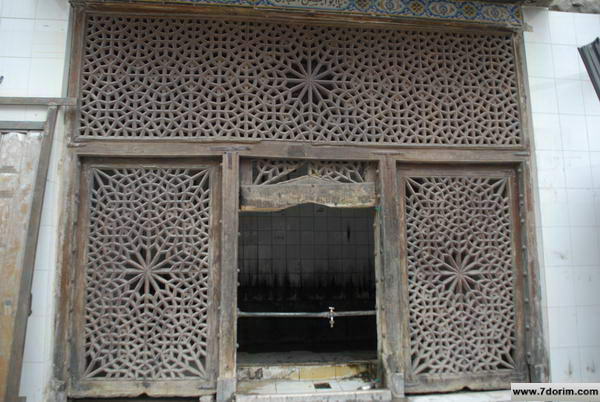
Jewish neighborhood of Isfahan, spring 2011
The integration of synagogues into the neighborhood fabric
All these structures are situated within semi-public areas, respecting the hierarchy of public and private spaces in their placement. None of these buildings stand alone; they are integrated seamlessly into the fabric of the neighborhood, primarily consisting of residential houses. Like all traditional structures, they have evolved alongside other buildings, contributing to the cohesive character of the area. Only glimpses of these synagogues are visible from the streets, typically limited to a modest entrance or at most two exterior walls. The architectural elements blend seamlessly with their surroundings, characterized by simple walls often coated in adobe, ensuring a harmonious integration with neighboring buildings. This seamless blending makes it challenging for outsiders to distinguish them from the rest of the neighborhood.
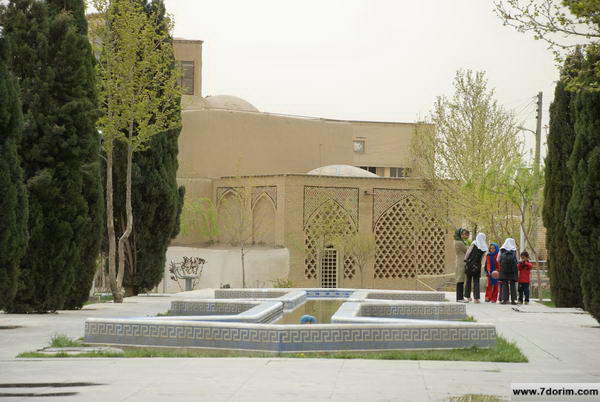
Jewish neighborhood of Isfahan, spring 2011
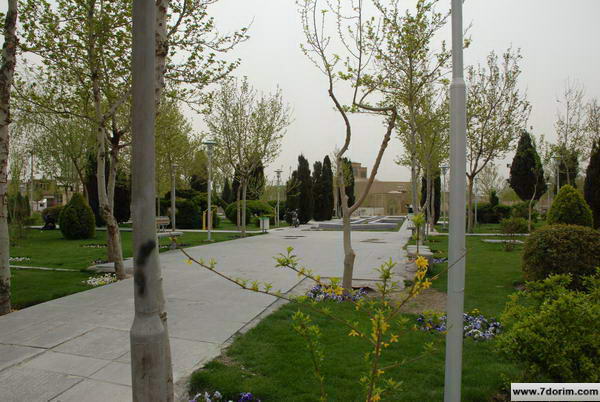
Jewish neighborhood of Isfahan, spring 2011
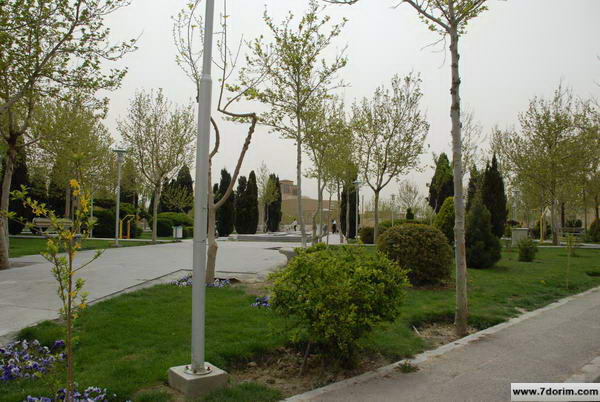
Jewish neighborhood of Isfahan, spring 2011
جوباره، گلبهار و دردشت سه محله مهم یهودی نشین در شهر اصفهان بشمار می رفتند . البته ساکنین دردشت و گلبهار با عناوین دردشتی و گلبهاری در مقایسه با اهلی جوباره به لحاظ فرهنگی تا حدودی متفاوت بودند . جوباره از نظر مختصات محله های یهودی نشین به جهت محدودیت های سکنی گزینی تحمیلی بر یهودیان و همچنین ایمنی به وجود می آمدند به مفهوم گتو در اروپا نزدیکتر بود و در مقایسه با گلبهار و دردشت بیشترین حمعیت یهودیان اصفهان را در خود جای داده . از جوباره گاهی به نادرست جوی باره و یا جهان باره نیز یاد می کنند غافل از این واقعیت که جوباره معادل جوش باره معرب گوش باره (دروازه یهودیه) است . دروازه گوش نام یکی از چهار دروازه اصفهان بوده . در نتجه جوباره و همان دروازه باب الیهود است .
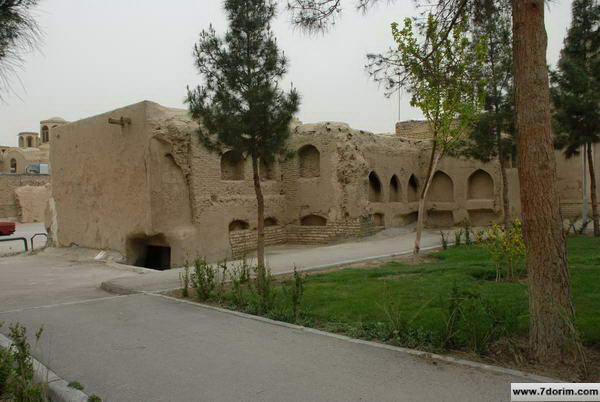
Jewish neighborhood of Isfahan, spring 2011
Poverty and Oppression in Joubareh
Joubareh, Golbahar, and Dardasht were three important Jewish neighborhoods in the city of Isfahan. Yet, while united by faith, each bore distinct cultural hues. In terms of the characteristics of Jewish neighborhoods, Joubareh was closer to the concept of a ghetto in Europe due to the residential restrictions imposed on Jews and also for security reasons. It had the largest Jewish population in Isfahan compared to Golbahar and Dardasht.
As the primary settlement for Isfahan’s Jews, the neighborhood of Joubareh exhibited distinct characteristics. Its narrow, dark alleys and houses constructed from mudbrick, plastered with adobe, conveyed the enduring poverty of this longstanding Jewish community. This was a hardship that was openly evident in their daily lives.
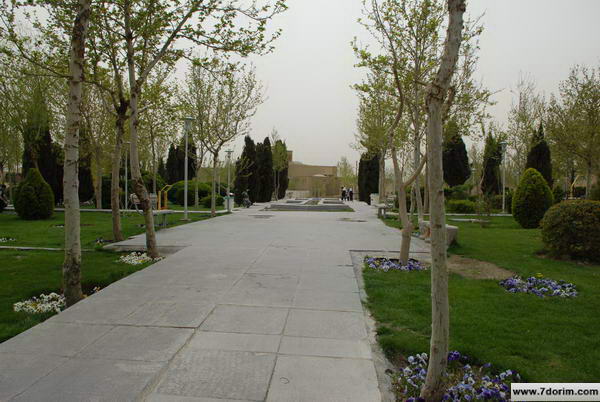
Jewish neighborhood of Isfahan, spring 2011
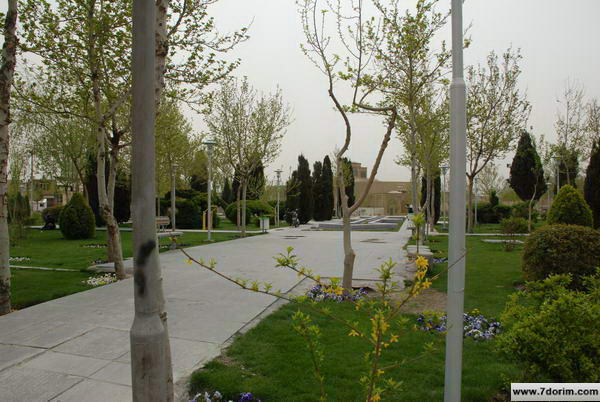
Jewish neighborhood of Isfahan, spring 2011
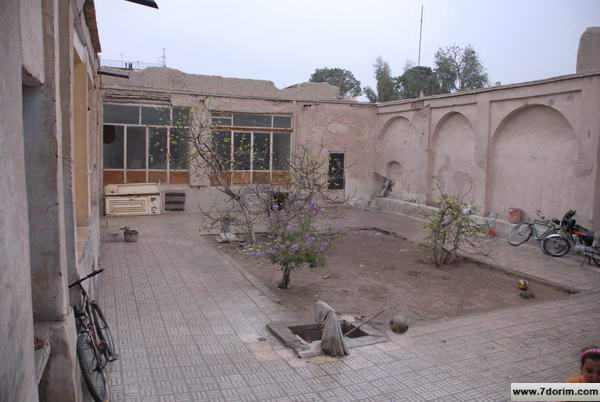
Old house in Jewish neighborhood of Isfahan, spring 2011
Jews in the area lived in constant fear, facing restrictions, discrimination, insults, and oppression as part of their routine existence. This pervasive fear, especially experienced by the younger generation during their commutes to school, often escalated into acts of anti-Semitic harassment, sometimes resulting in severe beatings, as if harming a Jew was an act worthy of reward. Despite this, Jewish youth occasionally resisted, employing tactics such as throwing chili powder or salt into the eyes of their harassers to fend them off.
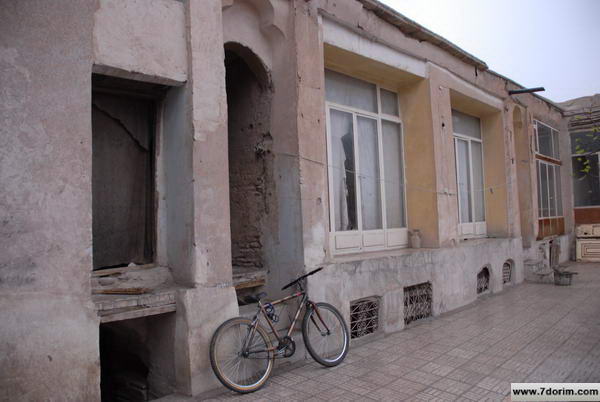
Old house in Jewish neighborhood of Isfahan, spring 2011
Anatomy of Joubareh
The relatively extensive neighborhood of Joubareh encompassed several sub-neighborhoods, alleys, corridors, and small squares within its core. The sub-neighborhoods were often named after prominent figures or individuals who resided in that particular area.
Agha Hezekiah Javaheri district
One such sub-neighborhood was the district of “Agha Hezekiah Javaheri”, where a synagogue named “Javaheri Synagogue” was also constructed with captivating architecture. Agha Hezekiah Javaheri was a renowned and affluent merchant of Isfahan. For many years, he oversaw the production of handicrafts and artistic goods, as well as their exportation. Consequently, he held high standing among merchants and government entities. Javaheri’s house was widely recognized among the Jews of Joubareh as a court of justice or the court of equity of Agha Hezekiah.
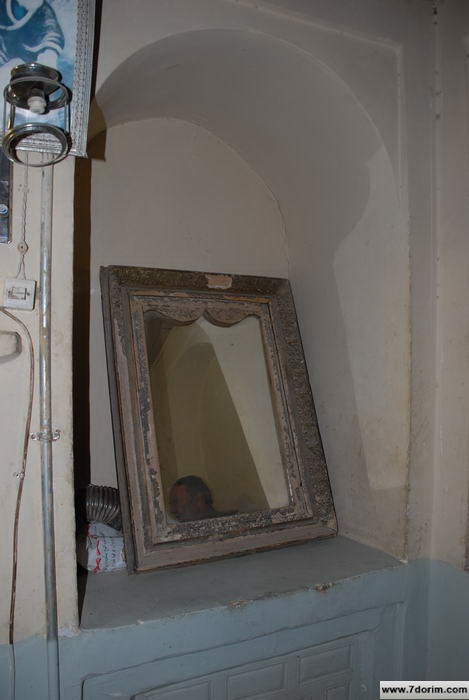
Old house in Jewish neighborhood of Isfahan, spring 2011
Joubareh Occupations during the Mid-Qajar Era
During the mid-Qajar era, the Jewish population residing in the neighborhood numbered around fifteen to twenty thousand. To ensure their survival amidst the harsh living conditions and within the framework of occupational limitations imposed on non-Muslims, they often engaged in specific trades. These included textile trade, peddling, quilting, spinning, fortune-telling, trading in grains and dried fruits between villages and cities, animal dung trade, and traditional medicine.
Additionally, there were occupations and professions that the Jews held exclusively within the neighborhood for their internal social and commercial interactions. These included groceries, butchery, shoemaking and repairing, barbering, hat making, and tailoring, among others.
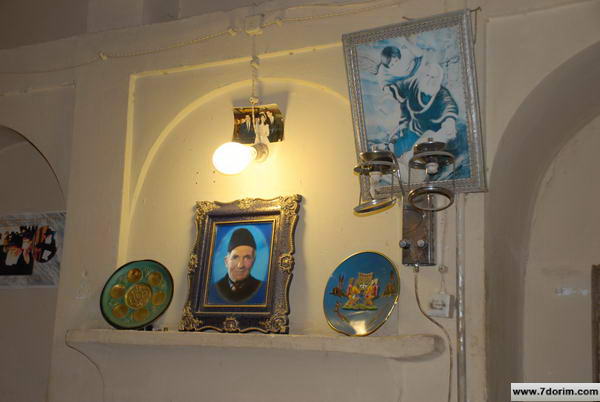
Old house in Jewish neighborhood of Isfahan, spring 2011
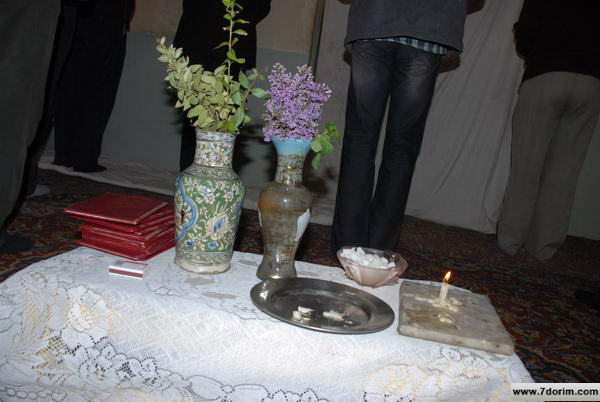
Old house in Jewish neighborhood of Isfahan, spring 2011
Architecture of Joubareh Synagogues
The architecture of the synagogues in Isfahan’s Joubareh neighborhood adheres to the traditional architectural principles that governed the entire city. Both in terms of spatial organization and construction methods, these synagogues are considered entirely Iranian structures.
“Each synagogue is an independent center for connecting to the higher realm.” This concept manifests in the synagogues of Isfahan as a centripetal space; a space where seating is arranged around a central point, and at the central point, a person representing the congregation (the cantor) recites the texts of tefillah (prayer) aloud. The place where the cantor or prayer leader stands (the dukhan) is raised a few steps above the ground, as if bringing him closer to heaven. The sky can be seen through a skylight above this person, and the rays of light that shine from this skylight into the sanctuary are like an inspiration from heaven. This person stands facing west during worship, which is physically represented in the western wall by the introduction of the holiest point in the interior space. At this point (the hechal), the Torah ark is placed.
The entire interior space of the synagogue is “separated” from the outside world and has little connection to it. To reach this space, one must follow a path, one that is generally dark and long; a path that cuts off the ongoing connection with the mortal world and prepares one for a renewed “presence”; a presence before the creator of light and illumination.
Sources
Adopted from the publications of Dr. Ayub Ebrahimi, Jack Mahfar, and Engineer Raphael Sedighpour.
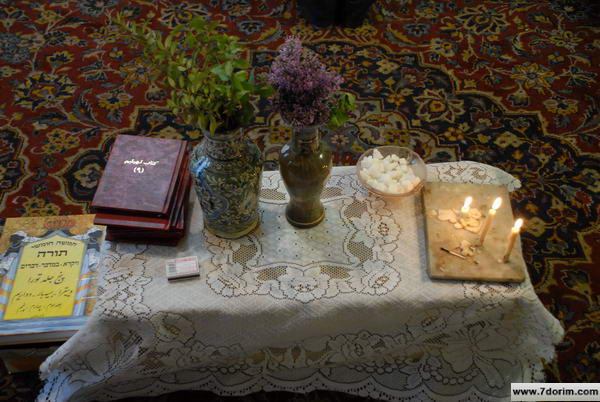
Old house in Jewish neighborhood of Isfahan, spring 2011
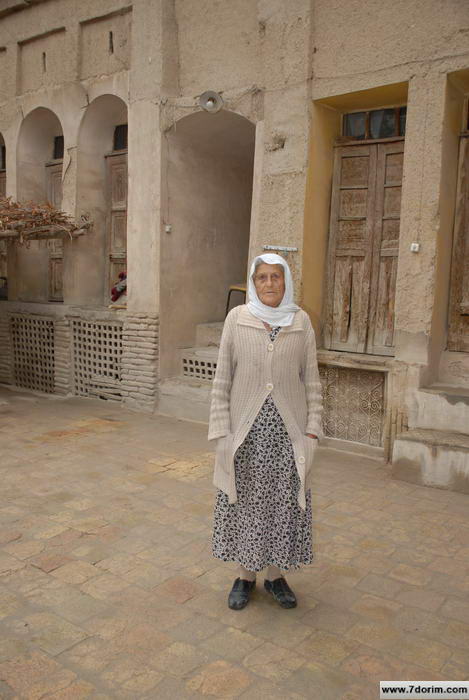
Old house in Jewish neighborhood of Isfahan, spring 2011
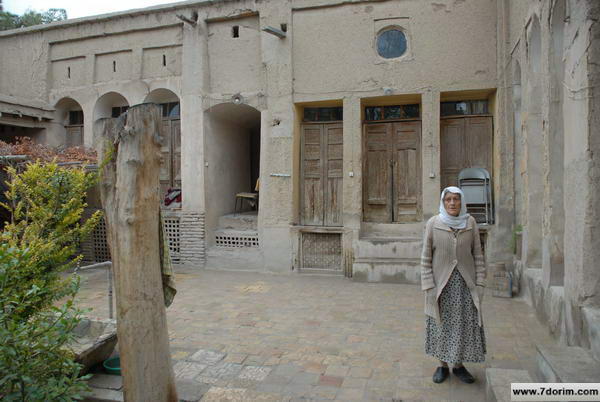
Old house in Jewish neighborhood of Isfahan, spring 2011
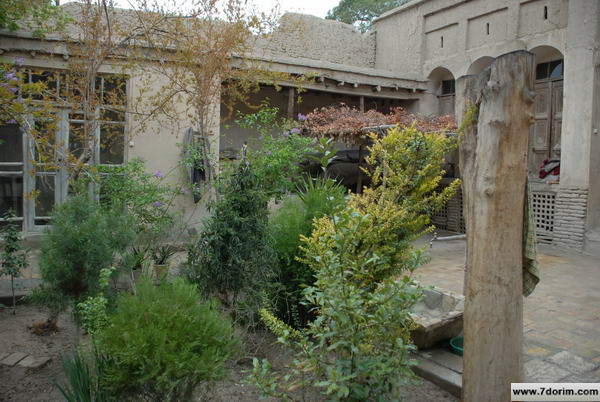
Old house in Jewish neighborhood of Isfahan, spring 2011
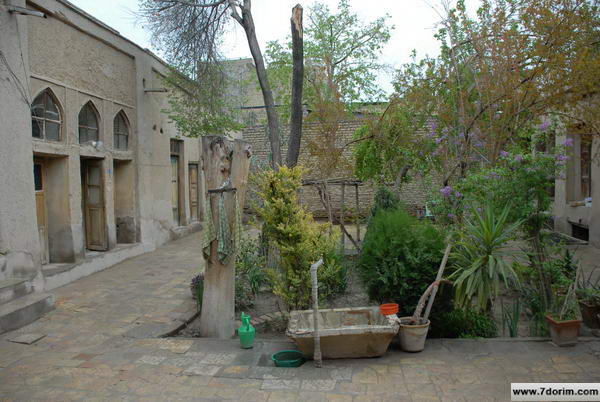
Old house in Jewish neighborhood of Isfahan, spring 2011
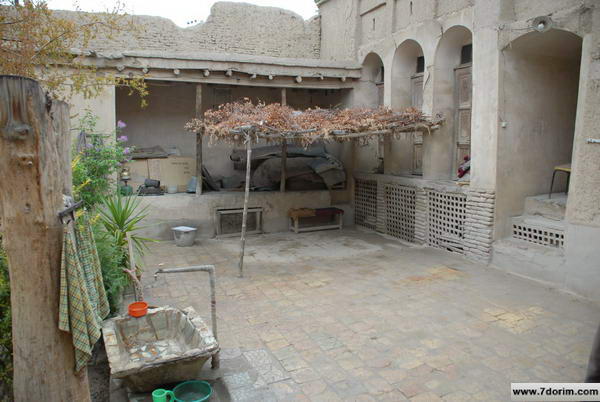
Old house in Jewish neighborhood of Isfahan, spring 2011
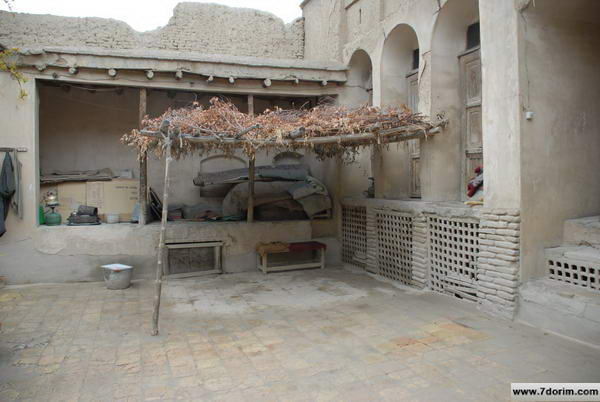
Old house in Jewish neighborhood of Isfahan, spring 2011
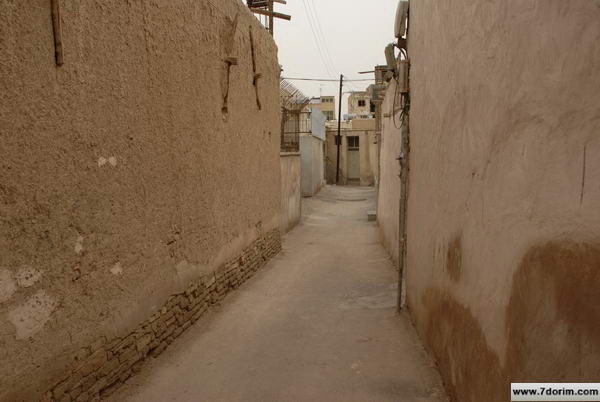
Old house in Jewish neighborhood of Isfahan, spring 2011
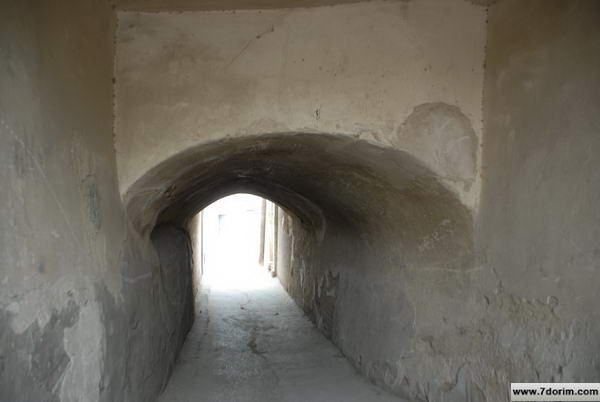
Old house in Jewish neighborhood of Isfahan, spring 2011
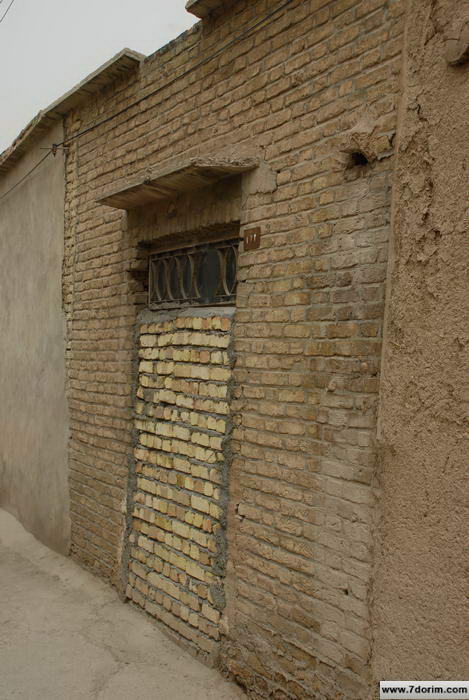
Old house in Jewish neighborhood of Isfahan, spring 2011
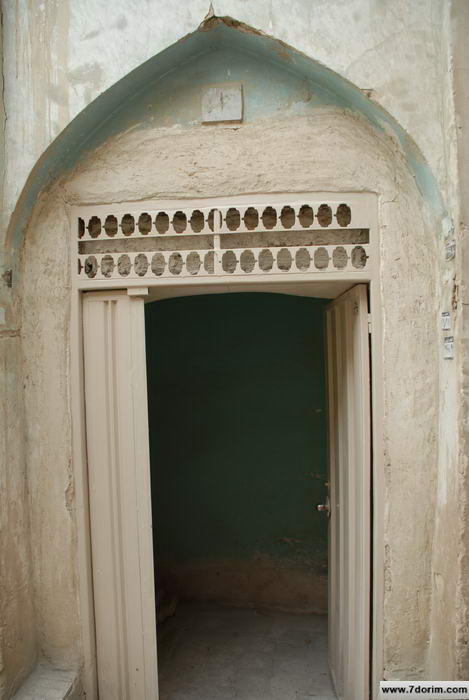
Old house in Jewish neighborhood of Isfahan, spring 2011
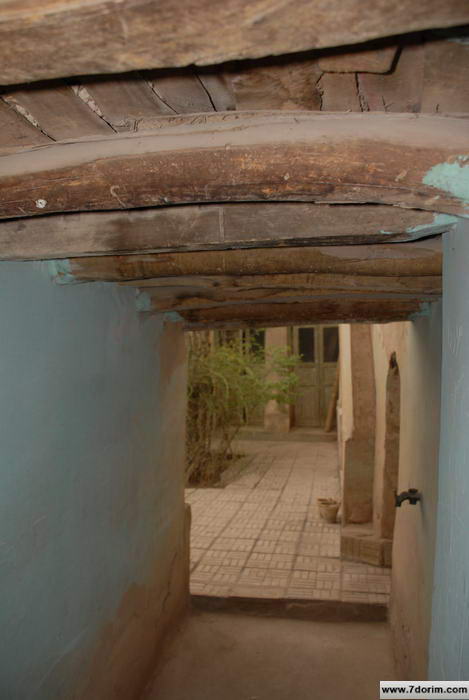
Old house in Jewish neighborhood of Isfahan, spring 2011
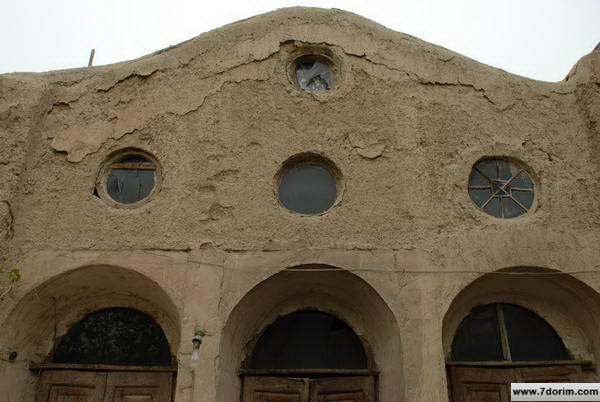
Old house in Jewish neighborhood of Isfahan, spring 2011
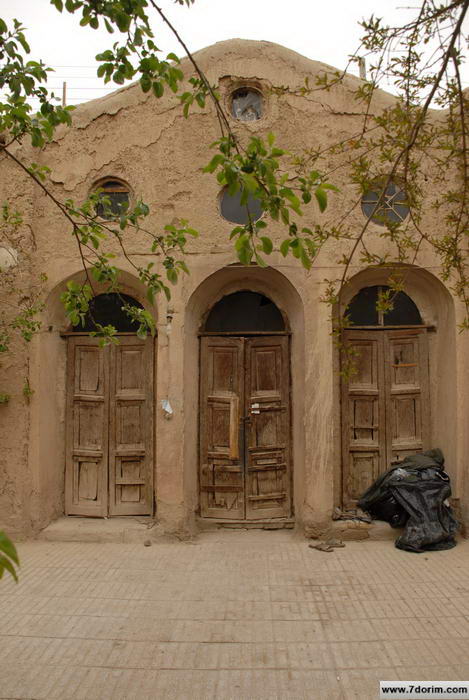
Old house in Jewish neighborhood of Isfahan, spring 2011
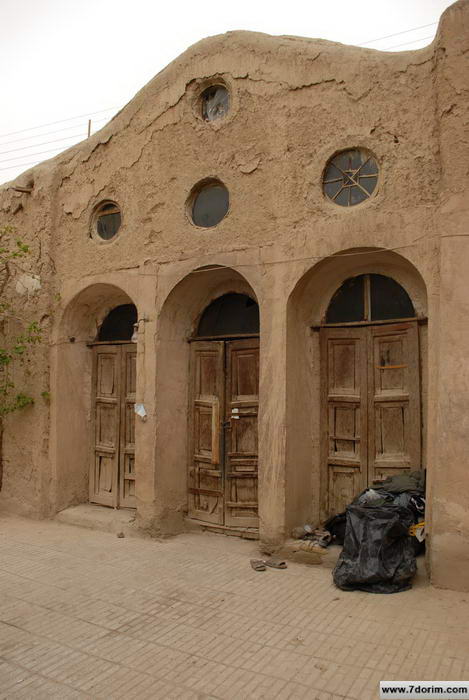
Old house in Jewish neighborhood of Isfahan, spring 2011
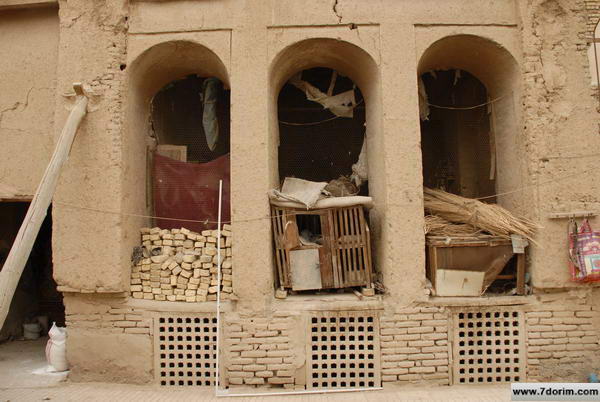
Old house in Jewish neighborhood of Isfahan, spring 2011
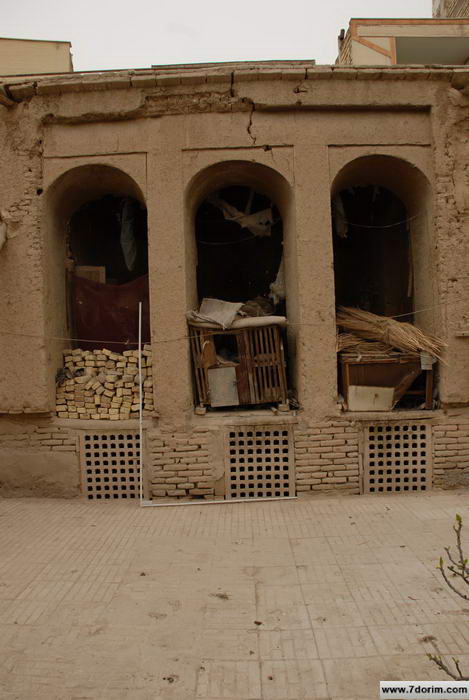
Old house in Jewish neighborhood of Isfahan, spring 2011
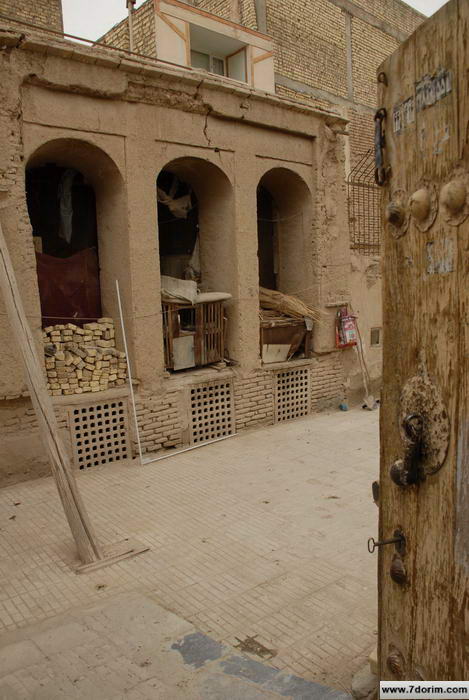
Old house in Jewish neighborhood of Isfahan, spring 2011
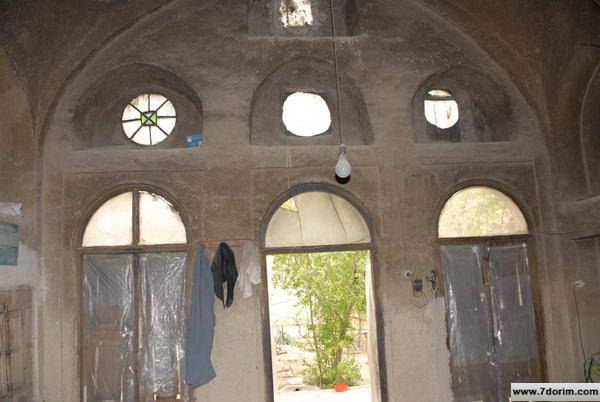
Old house in Jewish neighborhood of Isfahan, spring 2011
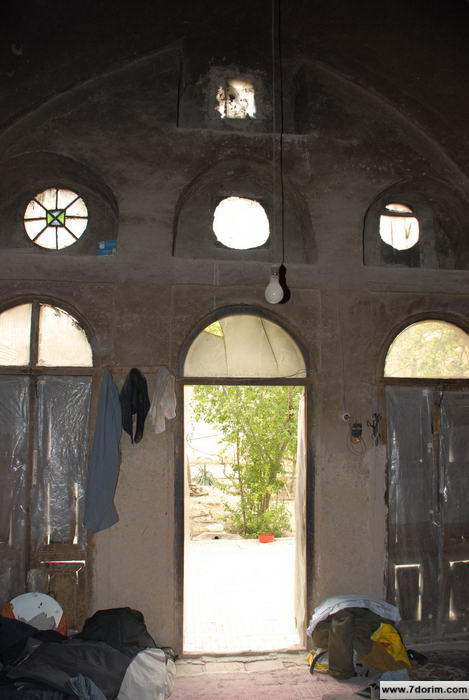
Old house in Jewish neighborhood of Isfahan, spring 2011
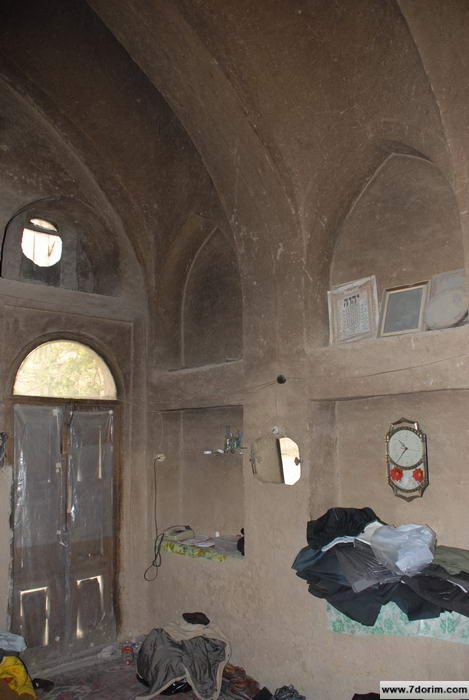
Old house in Jewish neighborhood of Isfahan, spring 2011
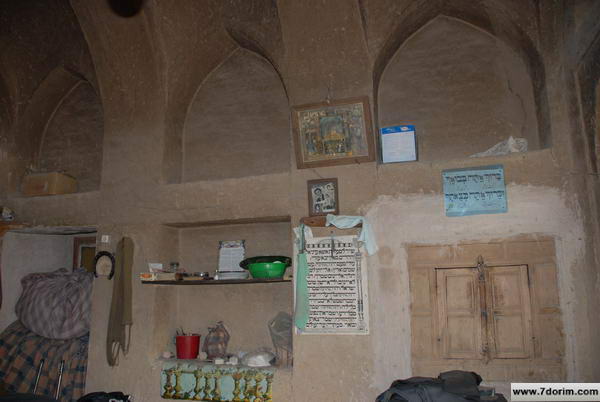
Old house in Jewish neighborhood of Isfahan, spring 2011
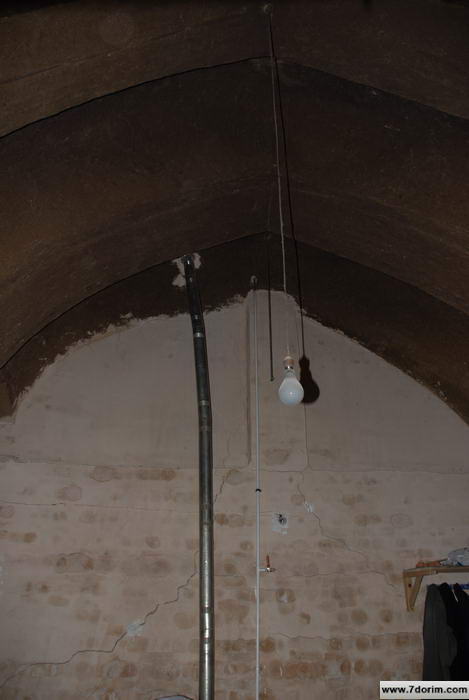
Old house in Jewish neighborhood of Isfahan, spring 2011
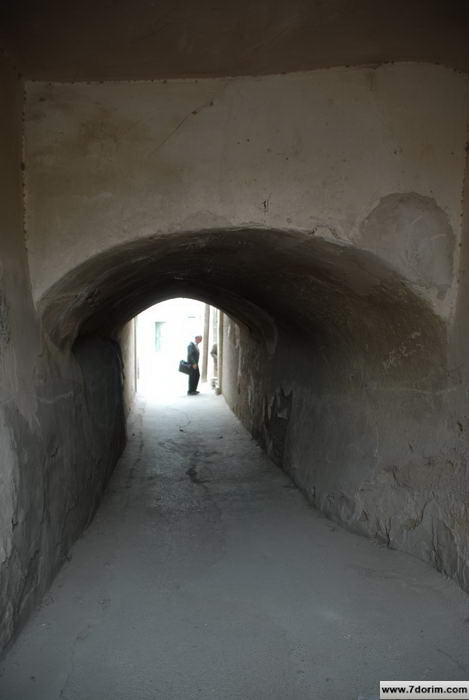
Old house in Jewish neighborhood of Isfahan, spring 2011
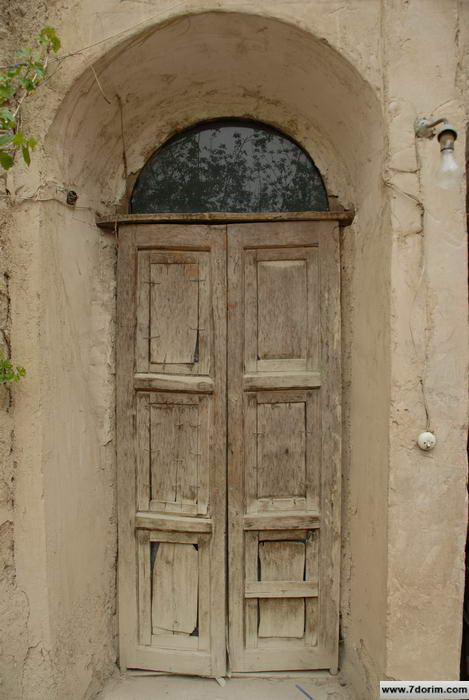
Old house in Jewish neighborhood of Isfahan, spring 2011
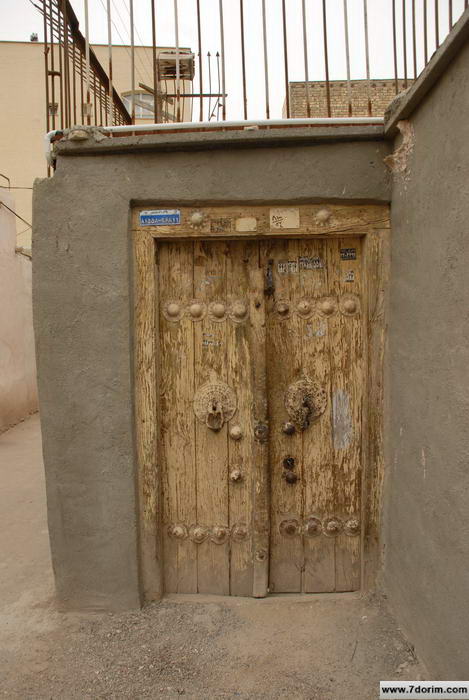
Old house in Jewish neighborhood of Isfahan, spring 2011
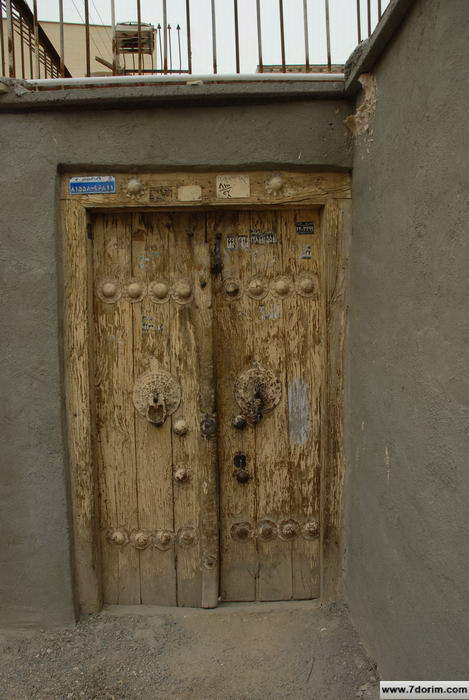
Old house in Jewish neighborhood of Isfahan, spring 2011
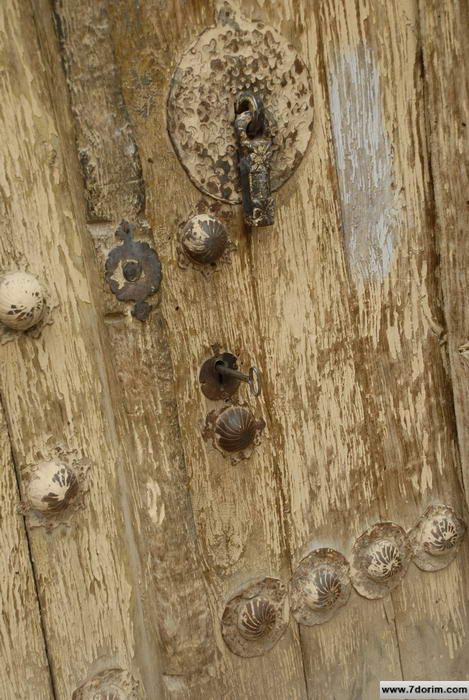
Old house in Jewish neighborhood of Isfahan, spring 2011
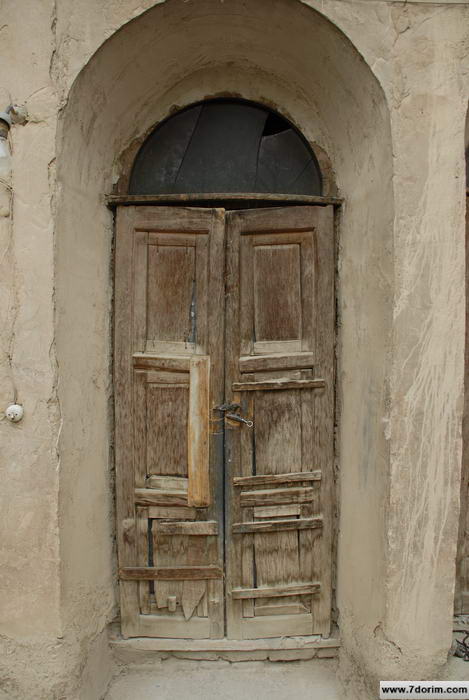
Old house in Jewish neighborhood of Isfahan, spring 2011
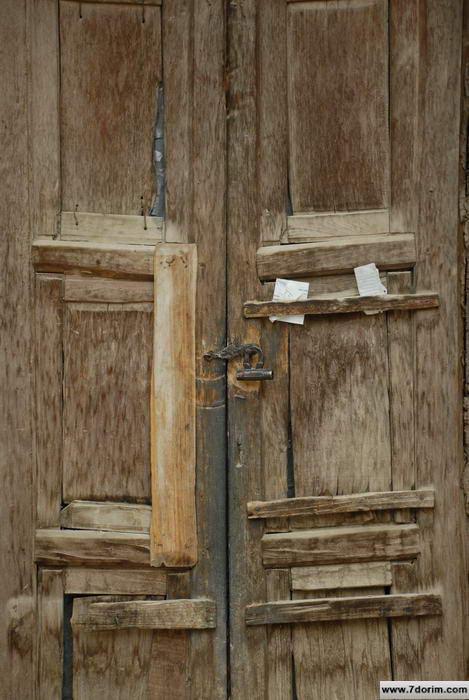
Old house in Jewish neighborhood of Isfahan, spring 2011
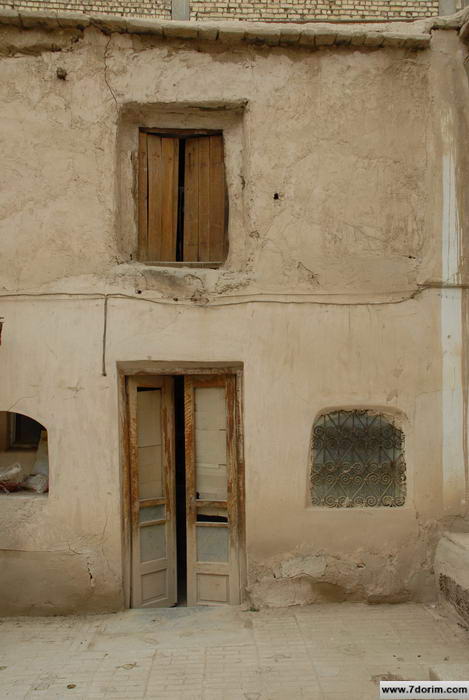
Old house in Jewish neighborhood of Isfahan, spring 2011
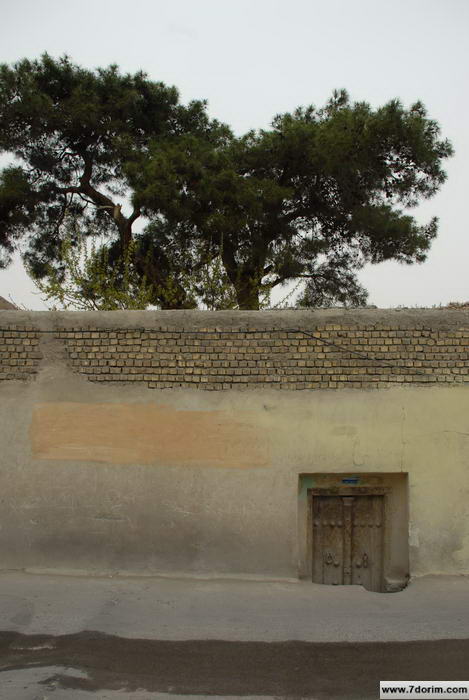
Old house in Jewish neighborhood of Isfahan, spring 2011
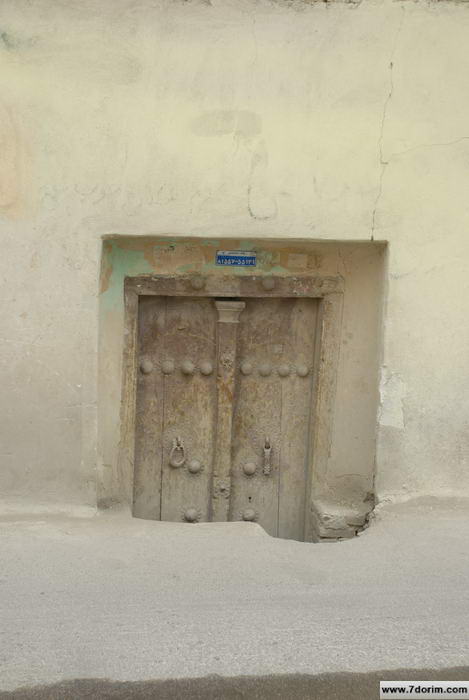
Old house in Jewish neighborhood of Isfahan, spring 2011
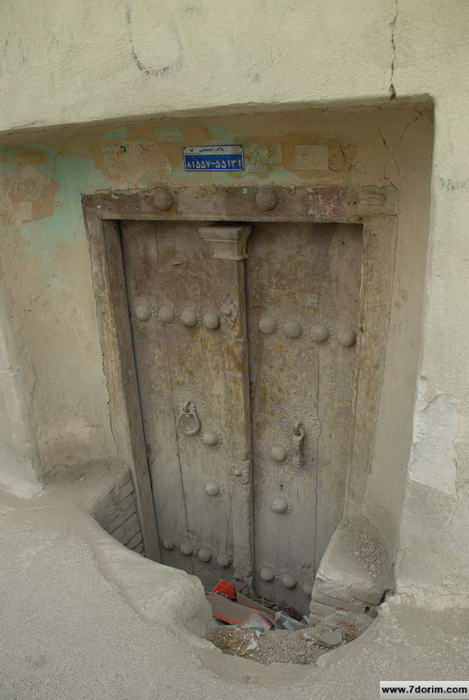
Old house in Jewish neighborhood of Isfahan, spring 2011
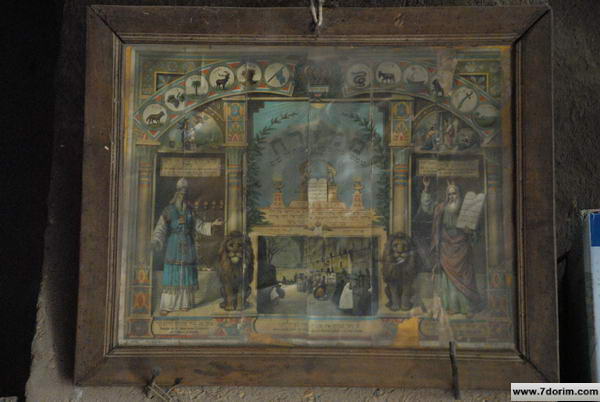
خانه قدیمی در محله کلیمیان اصفهان ، بهار 2011
Old house in Kilimiyan neighborhood of Isfahan, spring 2011
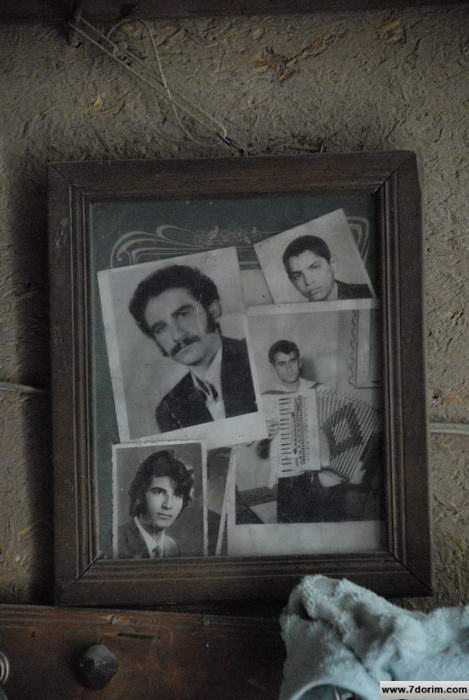
Old house in Jewish neighborhood of Isfahan, spring 2011
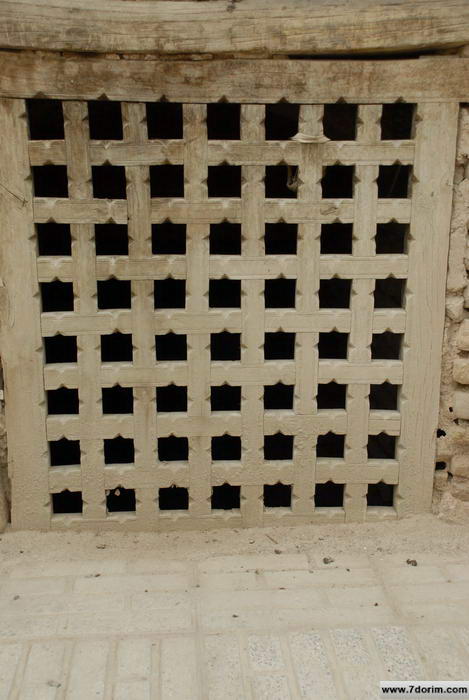
Old house in Jewish neighborhood of Isfahan, spring 2011
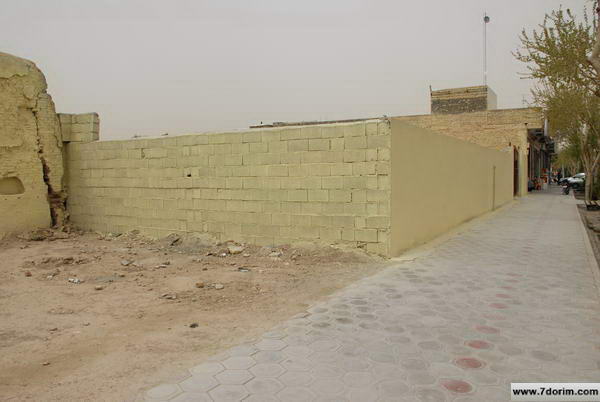
Old house in Jewish neighborhood of Isfahan, spring 2011


 فارسی
فارسی